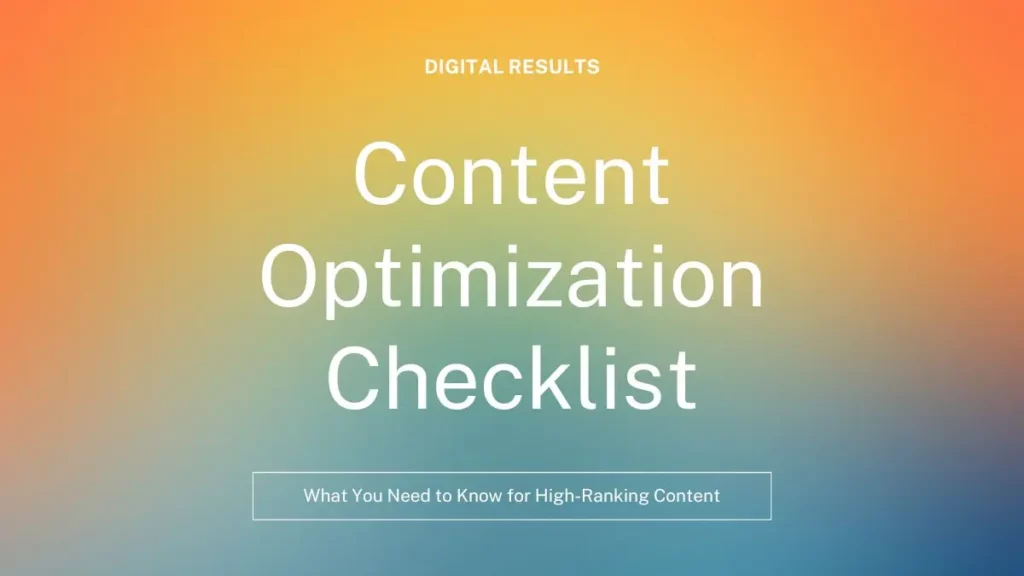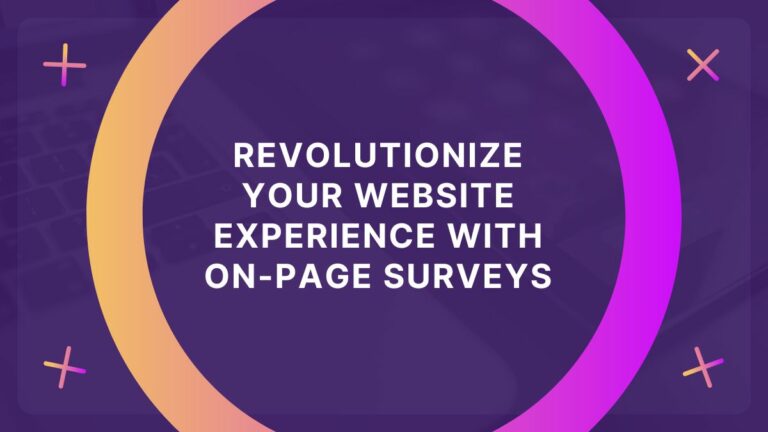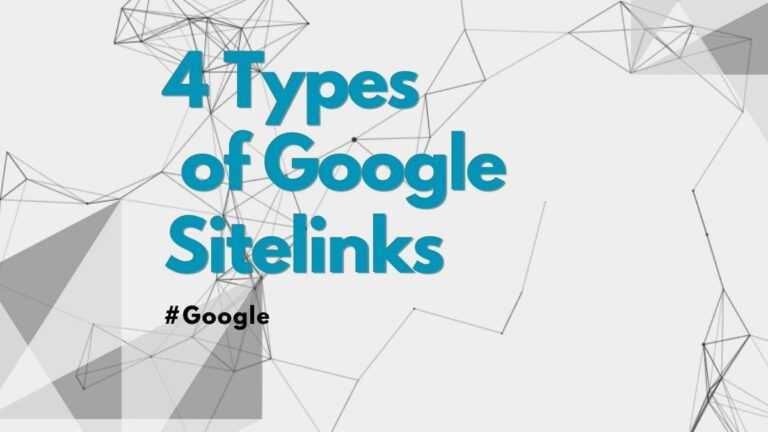
Content Optimization Checklist
As search engines evolve and users demand more engaging experiences, crafting content that resonates with your audience and aligns seamlessly with search engine algorithms has become paramount. Whether you’re a seasoned SEO guru or a content enthusiast looking to bolster your digital presence, our guide will help you unlock the full potential of your online content.
Mastering Internal and External Linking
Create External Links
The foundation of content credibility rests upon the quality of external links you incorporate. By linking to authoritative and relevant resources, you validate your claims and position your content as a reliable source of information. Craft your external links thoughtfully, aiming for a balance of 2-3 references that supplement and enrich your content. As search engines recognize the associations between your content and reputable sources, your content gains a stronger foothold in search rankings.
Add Internal Links
Internal linking is the backbone of user navigation within your website’s ecosystem. You guide readers on a holistic journey through your content by weaving connections between relevant blog pages. The synergy between your pages enhances user experience and encourages longer on-site engagement; a metric search engines deem valuable. Furthermore, leverage internal links from other topically relevant blog pages to create a coherent narrative and contextual depth. Utilize the power of the first link, strategically directing users to conversion-oriented pages to drive meaningful actions.
Your internal linking strategy should extend beyond navigational convenience. Incorporate links to relevant use cases or software pages, allowing readers to explore your offerings. The impact of internal links is underscored by their ability to strengthen the hierarchy of your content and distribute link authority throughout your website.
Optimize Images for SEO

Add Alt Text
Images enrich your content visually and contribute to SEO when optimized correctly. Assign descriptive alt text to every image, encapsulating their content and context. Whenever possible, integrate your target keyword into alt text to reinforce the relevance of your visuals concerning your topic. This practice enhances accessibility for visually impaired users and supports your content’s topical alignment.
Improve Image File Naming
Image file names offer another layer of optimization potential. Ensure that your image file names resonate with the subject matter to enhance your content’s discoverability. Where applicable, weave your target keyword into the file name, providing search engines additional context and reinforcing your content’s topical relevance.
Optimize Page Speed
While high-quality images add value to your content, large file sizes can hinder page load speed, leading to user frustration and potentially impacting your SEO. Leverage tools like the Squoosh.app to compress image sizes while maintaining visual integrity. A seamless blend of quality and speed ensures that your content captivates users and provides a smooth browsing experience across devices.
Add Unique Visuals to Stand Out
In a world inundated with stock images, unique visuals serve as a refreshing departure that captures users’ attention. Consider creating original graphics, infographics, or custom images tailored to your content’s message. These distinct visuals enhance your content’s originality and contribute to its memorability and shareability.
UX & Technical: Orchestrating a Seamless Experience
Content Visibility
Prioritize user experience by ensuring your content is readily accessible without requiring users to navigate through tabs or clicks. By eliminating barriers that impede user engagement by displaying your content in an effective way, you can retain user engagement on your site. A seamless, frictionless experience encourages prolonged on-site durations, sending positive signals to search engines.
Mobile Responsiveness
It is crucial that every page on your website passes Google’s mobile validation standards. Embrace responsive design principles to guarantee a consistent, user-friendly experience across diverse devices. Mobile optimization is not merely a suggestion but an imperative for maintaining and improving your search rankings.
Update XML Sitemap
To facilitate efficient indexing, every indexed page on your site should be included in your XML sitemap. This roadmap aids search engines in navigating and comprehending the structure of your website. Additionally, enrich your content’s context by implementing structured data, which enhances the presentation of search results and encourages higher click-through rates.
Indexable and Canonicalized Pages
Strategically designate important pages as indexable and canonicalized to mitigate the risk of duplicate content issues. This practice underscores your content’s relevance while maintaining a coherent hierarchy within search engine algorithms.
Optimize Page Speed
In the digital age, seconds matter. A page that loads within three seconds pleases users and satisfies search engine algorithms. Optimizing page speed through compression techniques, browser caching, and streamlined code enhances user experience and improves SEO.
Add an Author Bio
Introduce an author box to your content, providing readers with insights into the expertise behind the words—link to social media handles to foster a connection between the author and the audience. The author bio section adds a personal touch that humanizes your content, making it more relatable and impactful.
A Clear Path to Navigation with Breadcrumbs
Guide users and search engines back to your website’s root by implementing breadcrumbs. These navigational aids offer a hierarchical trail, enabling easy navigation and enhancing user experience. Breadcrumbs foster engagement and contribute to your content’s discoverability by establishing a seamless path.
URL Structure for Content Optimization
Keep URL Structure Short, Descriptive, and Clean
An optimal URL structure strikes a balance between conciseness and descriptiveness. Craft URLs that convey the essence of your content while eliminating unnecessary stop words and special characters (like underscores). The cleanliness of your URL contributes to a user-friendly experience and aligns with search engine preferences. Remember to keep your URL as short as possible.
Use Subfolders
Incorporate subfolders to organize your content hierarchy further. This logical structure not only aids user navigation but also communicates content relationships to search engines, enhancing the comprehensibility of your website’s architecture.

Title Tag and Meta Description
Craft the Ultimate Title Tag
Crafting a title tag that resonates with your post establishes a harmonious connection between user expectations and content delivery. This alignment enhances user trust and encourages click-through rates. To optimize for search engines, incorporate your target keyword within the title tag, strategically positioning it to capture attention while communicating relevance. Moreover, consider infusing your title tag with benefits or differentiators to create a compelling invitation that entices users to explore further.
Write an Efficient Meta Description
The meta description serves as a concise preview of your content, offering users a glimpse into what awaits them. A practical meta description includes your target keyword and features a clear call to action (CTA) that encourages users to delve deeper. To ensure optimal visibility in search results, maintain your meta description within the 300-character limit, captivating users with a concise yet enticing snapshot of your content.
Content Optimization Tips

Search Intent Alignment
The foundation of successful content optimization lies in aligning with the search intent that Google favors. Analyze the top competitors in your niche and study how they format their content. By mirroring their approach, you can better cater to user expectations, leading to improved search rankings and enhanced user satisfaction.
Create Quality Content
Aim to provide unparalleled value to your audience to stand out in a sea of content. Go beyond merely matching competitors’ efforts—strive to exceed them. Tailor your content to answer user queries comprehensively, address pain points effectively, and offer unique insights that set your content apart.
Write for Humans, Not Robots
While SEO optimization is crucial, the heart of content creation lies in serving your audience. Write for humans first, crafting content that is engaging, informative, and easy to understand. Avoid jargon that may alienate readers, and ensure that your content’s readability level is accessible to a wide range of individuals.
Readability and Formatting
In the age of information overload, readability is paramount. Break up your content into short, digestible paragraphs to facilitate ease of reading. Incorporate subheadings to provide structure and guide readers through your article. Consider beginning your content with a “Too Long; Didn’t Read” (TLDR) recap summarizing key takeaways, appealing to readers seeking quick insights.
Create Clear H1 Headers
Headings play a dual role, signaling content structure to readers and search engines. Craft headings that include your target keyword while maintaining a descriptive and attention-grabbing tone. These headings not only serve as signposts for users but also contribute to the overall SEO value of your content.
Craft an Introduction Paragraph that is Attention-Grabbing
Your introduction paragraph is the digital equivalent of a firm handshake—it establishes the initial connection with your readers. Craft an attention-grabbing introduction that outlines the core benefits users will gain from your content. Highlight the unique value your content offers
and set the stage for a compelling journey of exploration.
Use Subheaders as a Guide for Readers
Subheaders are crucial in guiding readers through your content and creating a roadmap that aligns with user expectations. Incorporating keywords or related keywords in H2s and H3s enhances your content’s visibility in search results. Craft subheaders that are not only keyword-optimized but also unique and descriptive, anticipating the questions and interests of your audience.
Summarize Your Content
In the conclusion of your content, offer a concise recap of the core takeaways and insights you’ve provided. Summarize the main points to reinforce key messages and facilitate user retention. Furthermore, outline the next steps users should take after consuming your content—subscribing to your newsletter, exploring related articles, or engaging with your products or services.

Content Optimization Checklist Closing Notes
Navigating the multifaceted realm of content optimization demands a comprehensive approach that seamlessly blends technical expertise, user-centric design, and strategic promotion.
Whether you’re a digital marketing expert, or a content creator looking to hone your skills, the tools and insights within this guide empower you to harness the true potential of your online content. Content optimization is a dynamic endeavor that thrives on continuous learning, adaptation, and refinement.
Digital Results would be happy to help you with your digital marketing needs. Get in touch for a free 30-minute consultation—one of our experts will walk through how we can help optimize your search engine optimization (SEO) and content strategy.
Ready to Grow Your Search Engine Results?
Let Digital Results assist you in your SEO strategy and help
deliver the search engine results you need.






